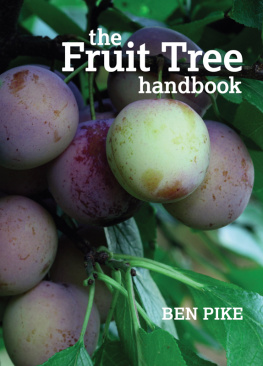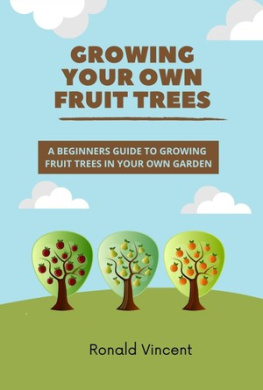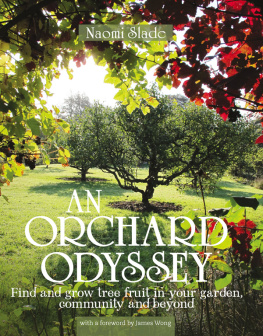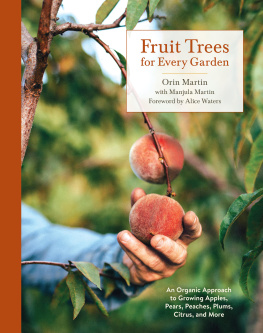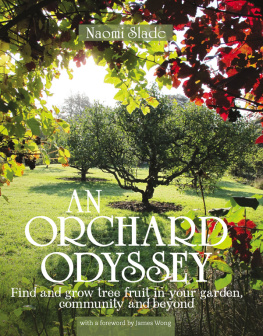
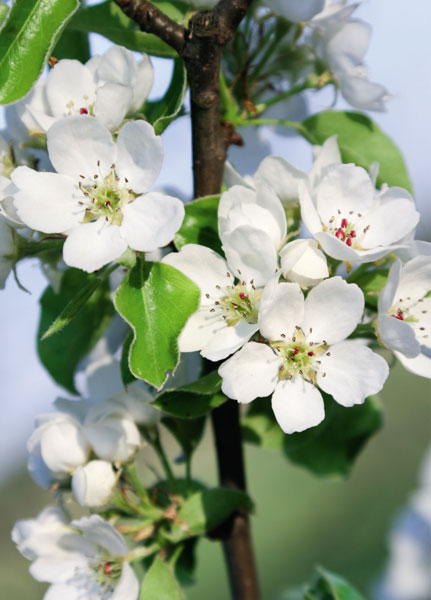

First published in 2011 by
Green Books
Dartington Space, Dartington Hall,
Totnes, Devon TQ9 6EN
2011 Ben Pike
All rights reserved
No part of this book may be used or reproduced in any manner without written permission, except in the case of brief quotations in critical articles or reviews.
Design by Jayne Jones
Illustrations by Jennifer Johnson
For photograph credits see page 352
Print edition ISBN 978 1 900322 74 4
PDF format ISBN 978 0 85784 041 7
ePub format ISBN 978 0 85784 100 1
Disclaimer: The advice herein is believed to be correct at the time of printing, but the author and publisher accept no liability for actions inspired by this book.
Acknowledgements
So many people have given their time and encouragement to help me write this book. They are too numerous for me to be able to thank them all individually, but suffice to say that many a kind word or friendly email has smoothed the way for a novice navigating the obstacles encountered in writing a first book.
Particular thanks go to those who have helped in providing photographs for this book. Jerry Cross, Ursula Twomey and Penny Greeves of East Mailing Research were most generous with their time and advice. Matt Ordidge of Reading University and Mary Pennell of FAST Ltd at The National Fruit Collection have both offered their help freely. Hamid Habibi of Keepers Nursery was most hospitable in allowing his many trees to be photographed. Nick Dunn of Frank P. Matthews Ltd has been generous in providing photos from his collection. Jacquie Sarsby, Tim Selman of the Tamar Valley AONB, Liz Copas and Sherry Orchard have also gone beyond the call of duty in allowing access to their lovely photos. Michael Gee, of Orchards Live, has helped in finding sites to photograph. Thanks to the Royal Horticultural Society at Wisley and Rosemoor, Hatton Fruit Garden and the Lost Gardens of Heligan for allowing me to take photos in their lovely gardens.
Thanks to John Guest (the English Apple Man) and Andrew Bakere of the Devon Wildlife Trust for their help. My employer, the Sharpham Trust in Devon, kindly allowed me time off work to write this book.
Thanks to Steph and Ember for their patience and encouragement at just the right times, and to my mother, Sheila Sermon, for her unwavering support.
Lastly, thanks to all at Green Books, who have shown the support and encouragement that a first-time author needs. My editors Amanda and Alethea have guided me unfailingly; their attention to detail has been outstanding. Jenny Johnson, who painted the lovely illustrations, was wonderfully talented in interpreting my muddled instructions.
To Mr Munson, whose perfect fruit and vegetables inspired me as a child, and to Dag Pike, my father, for inspiring me to write.
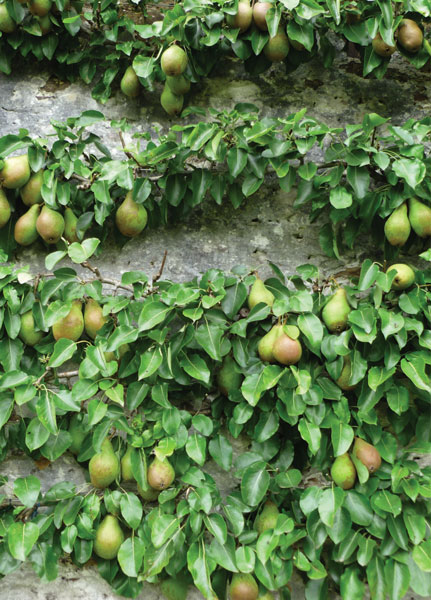
Introduction
Go forward [and] graffe, set, plant and nourish up trees in every corner of your ground, the labour is small, the cost is nothing. The commodity is great, your selves shall have plenty...
John Gerard, Great Herball (1597)
A day out in August, in my childhood haunt of East Anglia, reminded me of why I am so passionate about growing fruit. We had travelled only a few miles when we came across one of those old-fashioned fruit farms that are now rarely seen in England. From all the delicious fruits on display, we managed to choose Stella cherries and Opal plums. Sometime later, we parked the car to stop for lunch, only to be greeted by a feast of large blackberries in front of us. Lunch was eaten half an hour later, with purple hands staining our sandwiches. Plums, cherries and blackberries, warmed by the hot sun, combined to make a wonderful dessert.
After lunch we found a stall selling greengages. I find greengages irresistible: that taste of toffee apples combined with a slightly sharp juiciness sends me into raptures of delight, all the more so when they are so perfectly ripe that the juice drips down your chin. While out walking later on, we came across wild cherry plums at the side of the road. Having used up all our containers by now, we tied the sleeves of jumpers to collect these delectable fruits, thoughts of plum crumbles never far from our minds.
Yet the pice de rsistance was still to come. At the end of a deserted lane we came across a stall laden with all kinds of wonderful fruit and vegetables from a garden tantalisingly hidden behind a large brick wall. Limited by what we could carry or eat, we chose some fascinating squashes, Devonshire Quarren-den apples and flat Chinese peaches. Needless to say, the peaches did not last long.
Now all these fruits were wonderful, but they were grown by someone else. There are so many advantages to growing your own fruit so much fun though of course theres also the odd heartache when nature has different plans from you. So, why grow your own fruit trees?
Left: Nouveau Poiteau pears trained against a wall.
Choice
Shopping in the supermarket, you might have a choice of half a dozen varieties of apple: most of them will have been transported halfway around the world, sprayed many times, picked before they are fully ripe and then sprayed again. If you are buying cherries, plums or peaches, you will be lucky to find any choice of varieties; you take what you are given.
In your own orchard, you can grow Bardsey Island apples (a lovely lemony tasting apple discovered on a remote island off the Welsh coast), Court Pendu Plat (an ancient variety that might have been grown by the Romans), or Grand Sultan (a wonderful cooking apple from North Devon that is perfect for baked apples). The choice goes on and on; you can grow the kind of apple that is perfect for you.
Of course the same is true for peaches, plums, pears and cherries: you can grow just the sort of fruit that you like to eat. When did you last find Morello cherries or a medlar in your supermarket?
Personal enjoyment
Not only do you have the enjoyment of eating your favourite fruit fresh from the tree, but you also have the satisfaction of nurturing something that might look rather like a stick when you plant it, seeing it grow into a mature tree covered in tasty fruit. You might find yourself becoming rather attached to your trees, rather like an anxious parent, looking out for their joys and sorrows.
Aside from the delight of tending to your trees, you will also have the pleasure of their beauty. Sitting amongst your trees on a warm spring day, you can enjoy the beautiful pink-and-white blossom, looking forward to the luscious fruit that will arrive in a few short months.
Environmental benefits
By growing an orchard, even of just a few trees, you will be creating a habitat for all kinds of wildlife. Birds, such as redwings, will be attracted to the fruit and to the insects that live in the trees. You can manage the orchard floor to grow wildflowers. Even in a small garden, growing fruit trees will have a positive effect on the ecosystem. On a larger scale, you will be creating a habitat that has now been recognised as being so valuable that it has been granted BAP (Biodiversity Action Plan) status. This is a book that encourages you to grow fruit in harmony with the natural world.
Next page
